Gadolinium Oxide Sputtering Target Description
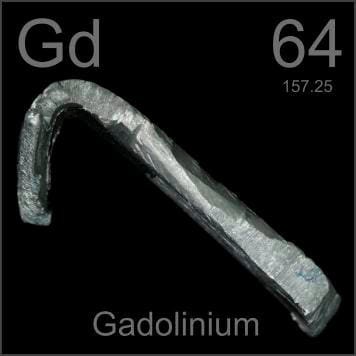 The Gadolinium Oxide Sputtering Target from TFM is an oxide sputtering material composed of gadolinium (Gd) and oxygen (O).
The Gadolinium Oxide Sputtering Target from TFM is an oxide sputtering material composed of gadolinium (Gd) and oxygen (O).
Gadolinium is a chemical element named after Johan Gadolin, a chemist, physicist, and mineralogist. It was first mentioned in 1880 and observed by J. C. G. de Marignac, with its isolation later accomplished and announced by F. L. de Boisbaudran. The chemical symbol for gadolinium is “Gd,” and its atomic number is 64. Gadolinium is located in Period 6, Group 3 of the periodic table, within the f-block. Its relative atomic mass is 157.25(3) Dalton, with the number in brackets indicating the measurement uncertainty. Gadolinium is known for its magnetic properties and is widely used in medical imaging, particularly in magnetic resonance imaging (MRI) contrast agents.
Related Product: Gadolinium Sputtering Target
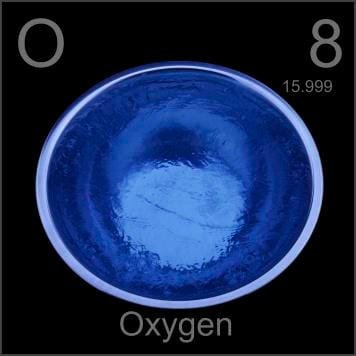 Oxygen is a chemical element whose name is derived from the Greek words ‘oxy’ and ‘genes,’ meaning acid-forming. It was first mentioned and observed by W. Scheele in 1771, who also later accomplished and announced its isolation. The chemical symbol for oxygen is “O,” and its atomic number is 8. Oxygen is located in Period 2, Group 16 of the periodic table, within the p-block. Its relative atomic mass is 15.9994(3) Dalton, with the number in parentheses indicating the measurement uncertainty. Oxygen is essential for life, playing a critical role in respiration, combustion, and various chemical reactions.
Oxygen is a chemical element whose name is derived from the Greek words ‘oxy’ and ‘genes,’ meaning acid-forming. It was first mentioned and observed by W. Scheele in 1771, who also later accomplished and announced its isolation. The chemical symbol for oxygen is “O,” and its atomic number is 8. Oxygen is located in Period 2, Group 16 of the periodic table, within the p-block. Its relative atomic mass is 15.9994(3) Dalton, with the number in parentheses indicating the measurement uncertainty. Oxygen is essential for life, playing a critical role in respiration, combustion, and various chemical reactions.
Gadolinium Oxide Sputtering Target Specification
| Material Type | Gadolinium Oxide |
| Compound Formula | Gd2O3 |
| Molecular Weight | 362.5 |
| Appearance | White |
| Melting Point | 2,420° C (4,388° F) |
| Density | 7.407 g/cm3 |
| Available Sizes | Dia.: 1.0″, 2.0″, 3.0″, 4.0″, 5.0″, 6.0″ Thick: 0.125″, 0.250″ |
Gadolinium Oxide Sputtering Target Bonding Service
Specialized bonding services for Gadolinium Oxide Sputtering Targets, including indium and elastomeric bonding techniques, enhance performance and durability. Thin Film Materials (TFM) ensures high-quality solutions that meet industry standards and customer needs.
We also offer custom machining of backing plates, which is essential for sputtering target assembly. This comprehensive approach improves target design flexibility and performance in thin film deposition. Our channels provide detailed information about bonding materials, methods, and services, helping clients make informed decisions.

Gadolinium Oxide Sputtering Target Application
The Gadolinium Oxide (Gd2O3) Sputtering Target is used in a variety of applications, including thin film deposition, decorative coatings, semiconductors, displays, LEDs, and photovoltaic devices. It is also important for functional coatings, the optical information storage industry, glass coatings for automotive and architectural glass, and optical communication systems, among other fields.
Gadolinium Oxide Sputtering Target Packaging
Our Gadolinium Oxide Sputtering Targets are meticulously tagged and labeled externally to ensure efficient identification and strict quality control. We take great care to prevent any damage during storage and transportation, ensuring the highest standards of product integrity upon delivery.

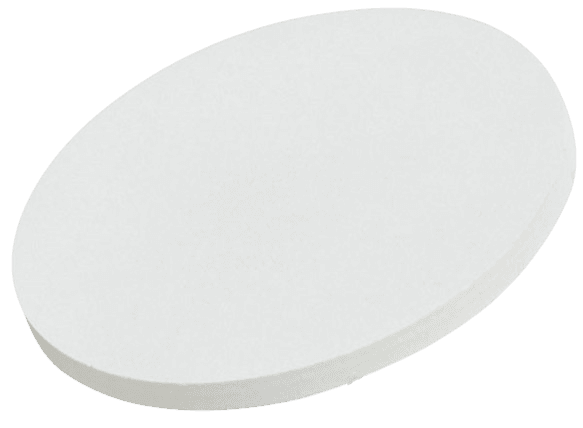
 MSDS File
MSDS File
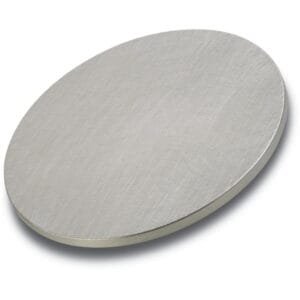
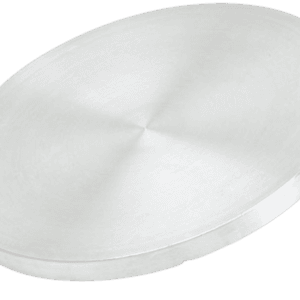
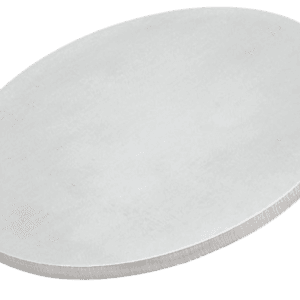
Reviews
There are no reviews yet.